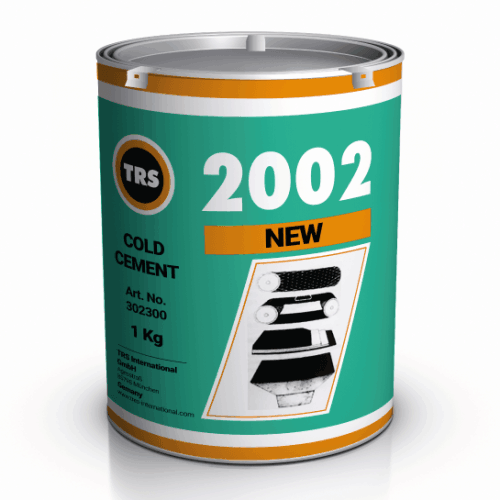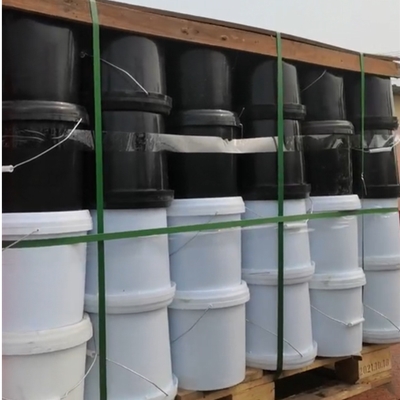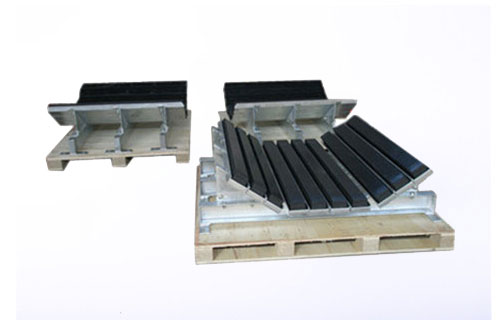Conveyor belts are critical components of material handling systems, significantly influencing operational efficiency and costs. Implementing scientifically optimized maintenance practices can extend conveyor belt life by 30–50%, reduce downtime by 40–60%, cut energy consumption by 15–25%, and lower maintenance costs by over 30%. Below are essential maintenance practices to ensure reliable conveyor belt performance and safety.
1. Routine Inspections
Regular inspections identify wear patterns, tears, cracks, or signs of delamination early.
Prioritize splice zones with non-destructive testing (NDT), as over 60% of belt failures originate from these critical areas.
Employ infrared thermography for proactive detection of internal defects and hidden faults.
2. Cleaning and Contamination Control
A clean conveyor system enhances belt alignment and reduces wear.
Ensure that residual material thickness on conveyor surfaces does not exceed 2mm.
Use automated scrapers and pneumatic cleaning systems to consistently remove debris and prevent misalignment.
3. Lubrication and Tension Management
Regular lubrication and correct tension reduce friction, wear, and energy use.
Lubricate rotating components like drive pulleys and bearings at specified intervals.
Maintain belt tension within ±1.5kN deviation tolerance.
Keep idler rotation resistance below 3N·m to minimize belt strain.
4. Environmental and Thermal Monitoring
Environmental control prevents premature belt degradation.
Standard belt operating temperature range: -25°C to +80°C.
Maintain ambient humidity below 85% relative humidity (RH).
Install thermal sensors to detect and prevent overheating issues.
5. Load Management and Optimization
Proper load management enhances belt longevity and system efficiency.
Limit material load to within 110% of the rated belt capacity.
Implement real-time load monitoring systems with ±2% accuracy.
Cap impact loads at 150% of nominal capacity to prevent sudden wear and damage.
6. Precise Belt Alignment
Correct alignment reduces unnecessary belt stress and wear.
Use advanced laser alignment systems for dynamic belt tracking.
Set automated misalignment alarms at 10% deviation of belt width.
Install self-aligning idlers capable of ±10° adjustments to maintain precise tracking.
7. Strategic Component Replacement
Clearly defined replacement thresholds ensure optimal performance:
Replace conveyor belts upon reaching 30% thickness loss.
Reline pulleys once the wear depth reaches or exceeds 3mm.
For repairs and pulley lagging, opt for high-quality products such as BeltCare Solution conveyor repair materials and conveyor pulley lagging. These products’ bonding layer features strong adhesive forces (≥8.7N/mm) and a high wear resistance rubber compound.
8. Workforce Competency and Training
Skilled personnel significantly enhance conveyor system reliability:
Conduct regular training on Standard Operating Procedures (SOPs).
Educate teams in failure mode analysis, focusing on the 16 common conveyor fault codes.
Implement predictive maintenance techniques, including vibration analysis and oil spectroscopy, to anticipate failures and plan interventions effectively.
Quantifiable Benefits of Structured Maintenance
A structured, scientifically guided maintenance strategy for conveyor belt systems delivers proven operational and financial returns:
Reduction in unplanned downtime: 40–60%
Energy consumption savings: 15–25%
Maintenance cost reductions: ≥30%
Improved safety: Incident rate of less than 0.5 per 10,000 operating hours
Conclusion
Adopting these comprehensive conveyor belt maintenance guidelines ensures peak performance, operational safety, and significant cost savings. Implement scientifically backed maintenance protocols today to optimize your conveyor systems’ reliability and efficiency.



